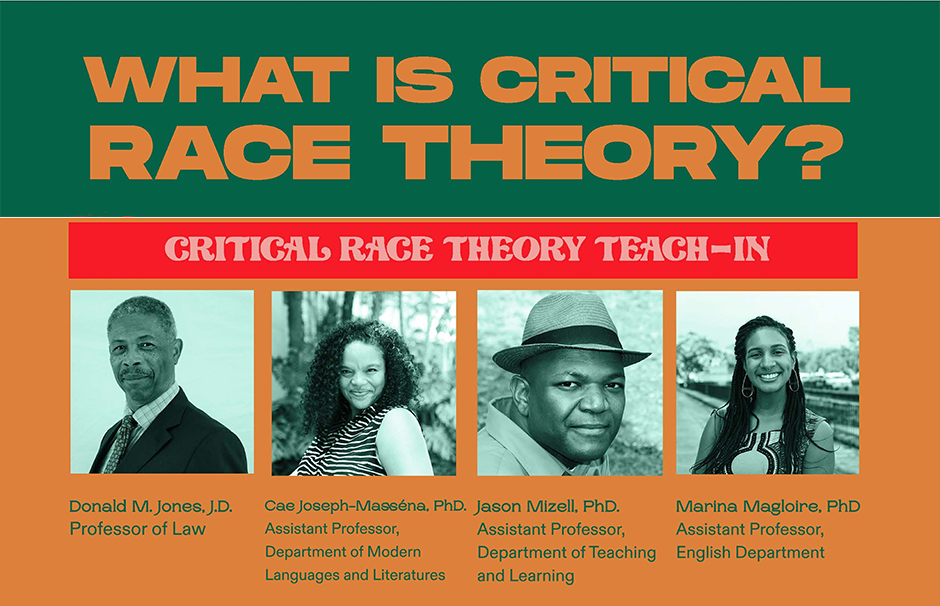The issue still stands today on whether private or public k-12 schools is the best option for students. Both types of academic facilities have their own set of standards and their policies, but which one has the best policy, and the best outcome for its students? Although private schools do typically have more opportunities in terms of money, there can be policy changes created to help the students in public schools without spending a large sum of money.
Public schools and private schools differ in the context of accounalbity and who they are getting their money from and who is in control of the policies being created. “Public schools must comply with a host of federal, state, and local laws and regulations” while” Private schools, on the other hand, must observe federal, state and local laws such as annual reports to the IRS, maintenance of state-required attendance, curriculum and safety records and reports, and compliance with local building, fire and sanitation codes.” Private schools seem to have much more strict ideas and standards for their schools in terms of what guidelines they need to follow to keep their schools open and running. This may create an issue that policies created for these schools might focus on the money and their reports, and less on education. It has also been shown that students in private schools score better on standardized tests compared to their public school counterparts. Why is that? “Students in the private sector score modestly better on standardized tests than students in the public sector, even after adjusting for student socioeconomic and demographic characteristics is equivocal.”
These students in private facilities are being allowed a better chance of scoring better on tests as this will help keep their schools open and it allows them to look good on paper. Their policies are flawed and focus on good reviews rather than education. For public schools and their idea of education and \tetsing, each state has its policy when it comes to curriculum and taking specific standardized tests, but all students are required to take country mandated tests such as PSAT or the SAT, which have not changed added to the test due to their socioeconomic status, or demographic, it is all fairgrounds. This adjustment in standardized testing for private school students although seems like it is an easy way to take the test, does not help students in the long run and does not prepare them for college testing scenarios, and their abiltesabilities in college will compare drastically different to their high school abilities.
Another factor that can be deemed unfair in the eyes of the students and the parents of the students is help with college applications and that entire process. Again, due to the funds that private schools have, they can “offer personalized college counseling programs to help students find the best-fit colleges for them.”
Although public schools may have some sort of guidance with this, they rarely receive this guidance. This also impacts graduation rates as public school graduation rates have gone up to 85% while private school graduation rates typically stay at 95%. Public school students are at a disadvantage as colleges do tend to be selective and will pick kids from private schools as they have better test scores due to the manipulation done within the private school’s policies and the guidance they receive while filling out their college applications.

A huge difference between the two types of education that heavily impacts students are the teacher’s certification. It has been noted that “In most states, private school teachers can teach without a teaching certificate”
These students are receiving an education from adults who are not certified to be teaching them, so they are not gaining anything from this experience. Teaching is an important job as it builds students into their future selves and allows them to be prepared for events such as college, internships, and real-world jobs. Those who gain their teaching certification are also most likely to want to teach the students as they went through the process of schooling and gaining that degree and certification for the sole purpose of being able to teach students. While in private schools, these teachers without certifications may just be there for the money and could care less about students’ educations.
It has been stigmatized that private education is the best course of action when it comes to developing students whose parents want what’s best for them, but their polices lack when it comes to actual education and teaching students cirrucloum. Public schools focus on testing and keeping students in touch with their education while teaching them the appropitateappropriate curriculum and testing them on it.


